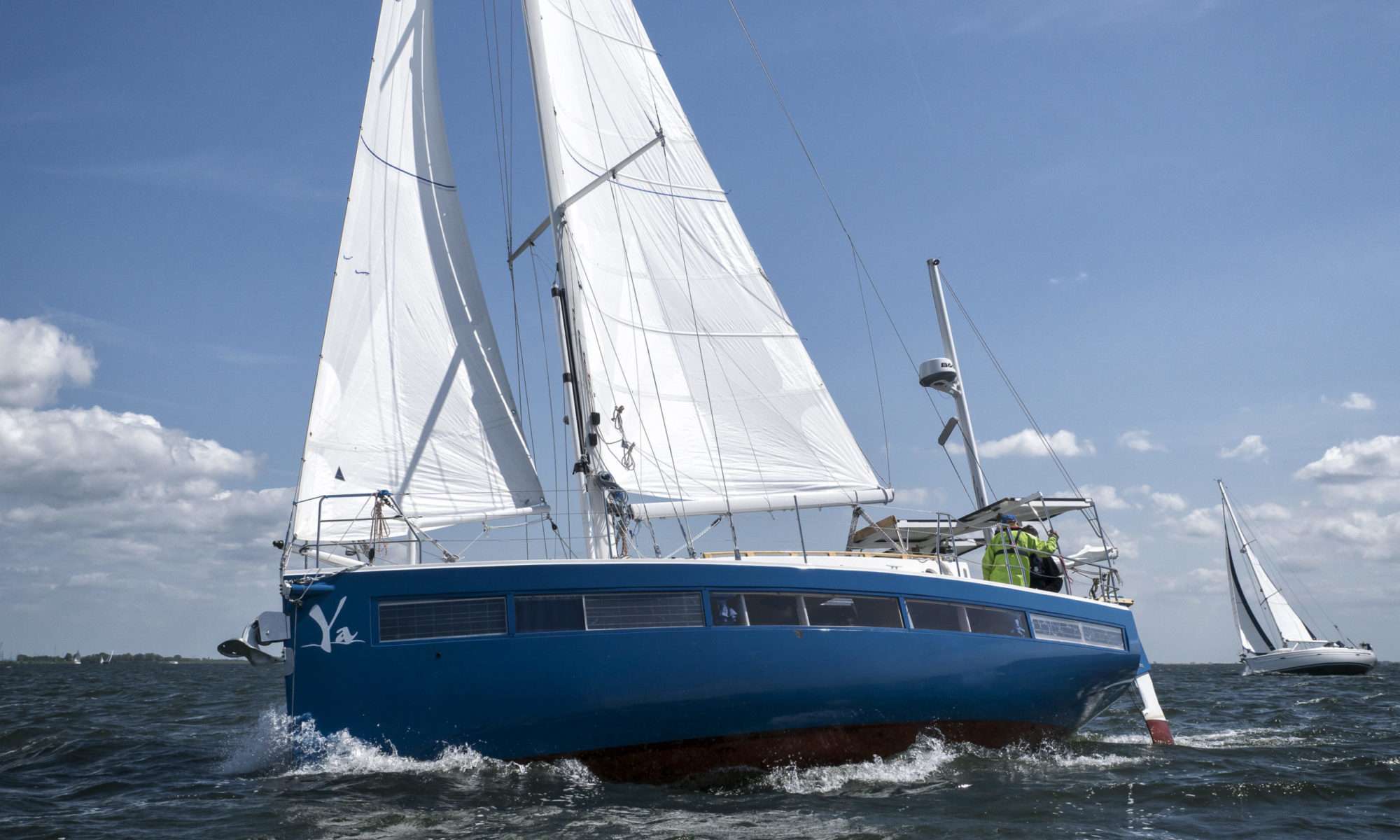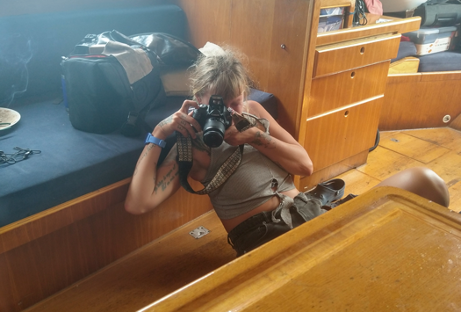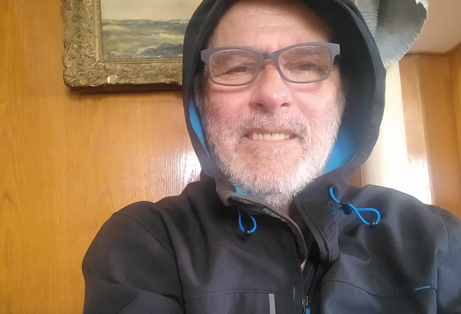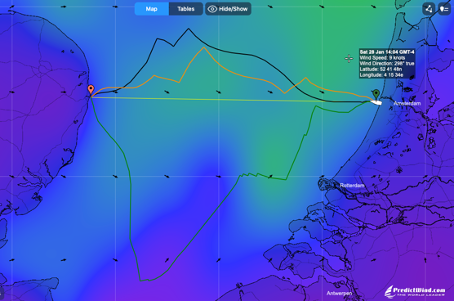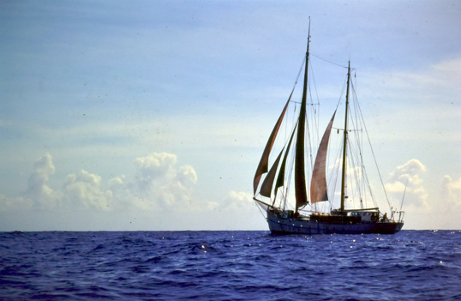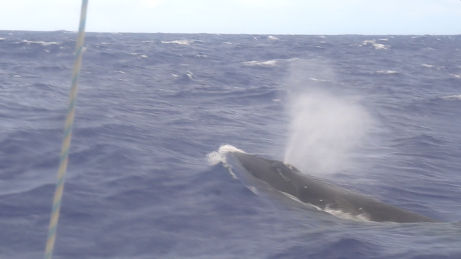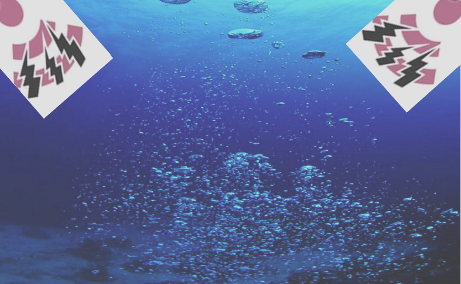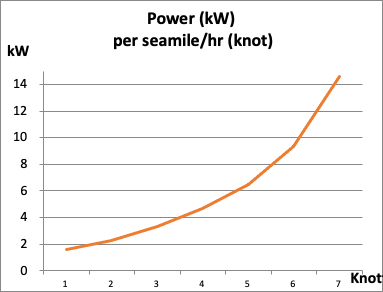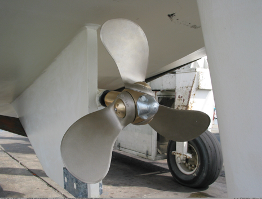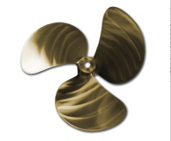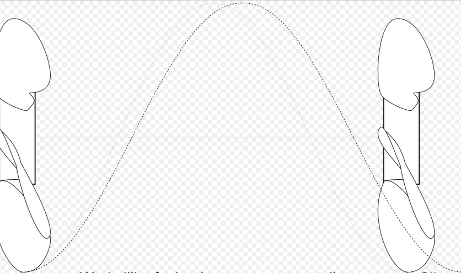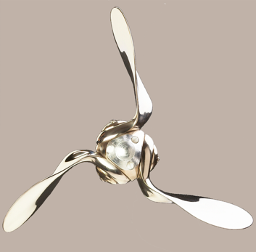Since last year, Europe has decided that nuclear energy is sustainable.
Is that actually true?
The original definition for sustainable development was formulated by the Brundtlandt Commission, in the report Our Common Future:
Sustainable development is the development that meets the needs of the present generation without compromising the ability of future generations to meet their own needs.
So roughly: meet your own needs, but don’t damage the world for your future generations.
What I learned from my mother is that you should clean up your own mess and not leave it for your little brother. I assume that will also apply to grown ups: each generation cleans up its own mess.
The nuclear power plants work with uranium as raw material. The annoying thing is that – just like with any production of something – there is leftover waste. That waste cannot be processed. The pity is that the radioactivity of uranium has only fallen to an acceptable level in 20,000 years.
In terms of generations, we are talking about 667 generations.
In terms of sustainable development, I think that’s not sustainable development. It feels like a Pleistocene king has decreed that his people can do things that could harm us.
But we dispose of the waste safely.
The nuclear waste is poured into thick concrete and then it goes into salt mines – what can happen to it, nothing right?
Gas has been pumped out of the ground in Groningen, in the north of the Netherlands. Nothing could happen with that either. But thousands of houses are about to collapse and that’s only two generations later.
I can see a landslide coming that will force open the concrete blocks in the salt mines, sometime in the next 20,000 years.
But accidents won’t happen, though?
Um, well, uh,
• 1957, Kystim (USSR), an explosion and fall out over a region. The damage was kept secret.
• 1957 Windscale (UK), radio active cloud across UK and Europe
• 1979, Three Mile Island, Harrisburg, partial melt down.
• 1984, Chernobyl, USSR, partial meltdown, radioactive cloud over USSR and Europe
• 2011, Fukushima, partial melt down, radioactive cloud over Japan. Since two years the radioactive cooling water has been pumped into the sea, because it is too much to contain.
So in two generations there are 5 major accidents that should not have happened. How are things not to be happening in the next 667 generations? A calculation says that there will be another 333.3 accidents.
Alternative
The pity is, you can also do it with Thorium. Thorium waste can for the most part be reprocessed. The remainder of that has a half-life of 80 to 300 years. Then you are still talking about 2 to 10 generations, but that can still be explained to your grandchildren. I imagine something like this: “Grandpa and Grandma wanted so badly to go on holiday with you that we didn’t insulate our house. Many grandpas and grandmas wanted that, so then a nuclear power plant was needed to keep our houses at 20 degrees. Well, it was not too bad with us, because we heat up to 19 degrees, or even 18 sometimes. “
On the one hand, we find this accountability ridiculous, but on the other hand, we take it for granted if our leaders pass without batting an eyelid, even without a vote in parliament (it was a hammer piece), the law that would require 667 generations to get hazardous waste and -give or take a few- 333 nuclear accidents.
Between lobbies and leaders
It is possible with Thorium, but it is now Uranium. Why is it Uranium in the first place? Somewhere in the 1960s, Western countries opted for uranium, because this material could also be used in nuclear bombs, while Thorium could not. President Nixon halted the R&D project for Thorium in 1971.
Since then there has been a Uranium lobby and our leaders have been unable to free themselves from it. I could find one thing. A few years ago, the Dutch parliament decided to spend half a million on Delft University of Technology for research into Thorium. Nothing has happened with that yet. Or was that the TU lobby?
Every subsequent nuclear power plant becomes a uranium waste producer again.
How do you tell those leaders that there is no need to saddle 667 generations with our problems?


